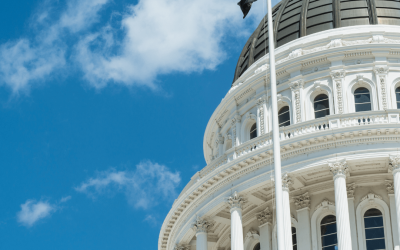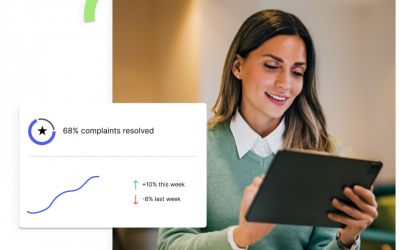Recruiting is more than going to a career fair at your local area college, collecting resumes, setting up interviews and poof, you have a new hire starting on Monday. If only it was that easy! But new technology focused on workforce analytics for recruiting and other top HR initiatives could soon make it a lot easier.
In the highly competitive world of recruiting the best and the brightest, you have to make sure you are getting the most “bang for your buck” so to speak. There are so many ways to recruit – social media tools (LinkedIn, Facebook, Twitter, YouTube), job fairs, college career days, conferences, and plain old job boards (remember Monster back in the day when it was the hottest thing around?). HR hiring managers and recruiters can have a difficult time figuring out where to spend their ever shrinking budget.
Say you work on a recruiting team for a large government agency, hiring over 2,000 employees per year. With all the red tape and uncertainty involved with clearances, relocations, and salary expectations you will have to process 3 to 4 times the candidates, at least, to meet your goal. So, the question is, how do you go about finding those roughly 6,000-8,000 potential employees? The ones who will bring the most talent, education and experience to your company from day one and make your investment in recruiting events worth it?
In a survey from US News College Ranking List for 2014, they acknowledged 201 “Top US Universities,” but how do you know where to send your recruiters? Do you pick #1 ranked Princeton University, or choose a middle of the road Hofstra University in New York? Do you pay thousands of dollars in airfares and hotel stays to recruit on the West Coast at UC Berkeley or is it better to stay local at University of Maryland? If those are the questions you find yourself asking, and your bottom line isn’t showing any ROI for those trips, it may be time to consider leveraging a workforce analytics tool for recruiting efforts.
Using workforce analytics for recruiting efforts – can help you develop correlations between schools and career fields your company hires for, measure the performance of those hires from a particular school, the retention rate of a certain demographic and assess the data to better understand how your recruiting effort are supporting the overall business strategy.
According to an article written by Glen Cathey, titled Analytics, Big Data, & Moneyball HR/ Recruiting for Dummies, a more analytical way of thinking can answer questions such as:
- Where do our best employees come from? (specific schools, companies, industries, etc.)
- What is the “DNA” of our best employees? (degrees, prior experience, backgrounds, demographics, personality traits, interests, etc.)
- How can we more effectively and consistently find and recruit our ideal employee profile?
- Who are our best managers?
- Do we really need to hire people with prior industry experience?
- Should we bias against “job hoppers?”
- How can we leverage assessments to increase our quality of hire?
- Does our interview process really “work?”
- Do reference checks actually have any value?
- Who should I be giving new challenges to/promoting?
- Who is likely to quit in the next 6 months?
- Where are our talent are gaps today, and what will they be in near future?
- What are our most effective sources of talent, and why?
As a once emerging field that is quickly becoming a mainstream necessity, workforce analytics is helping HR professionals and business executives get valuable insight from HR big data. ZeroedIn can help you quickly get up to speed on the value workforce analytics can offer and help you implement a workforce analytics technology platform that will take your HR functions – including recruiting – to a whole new level of performance.




